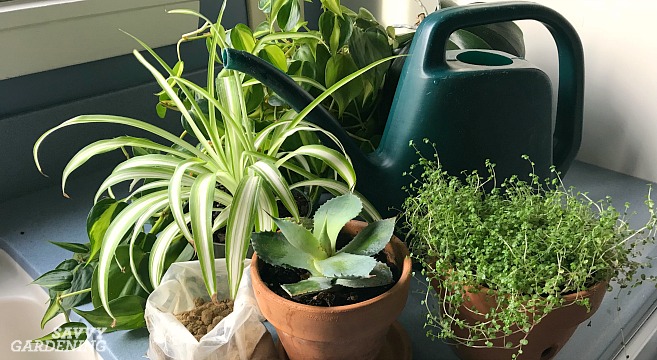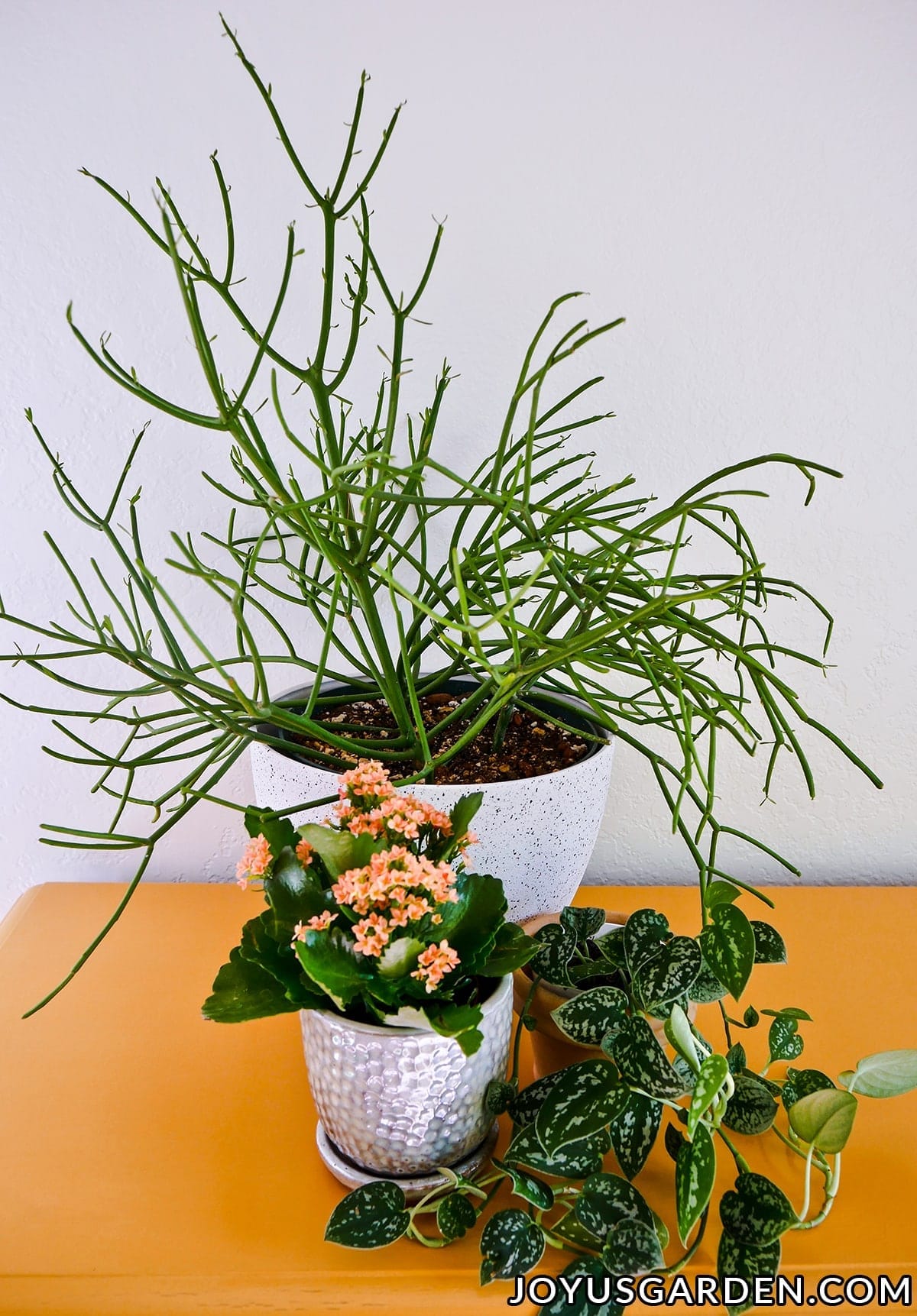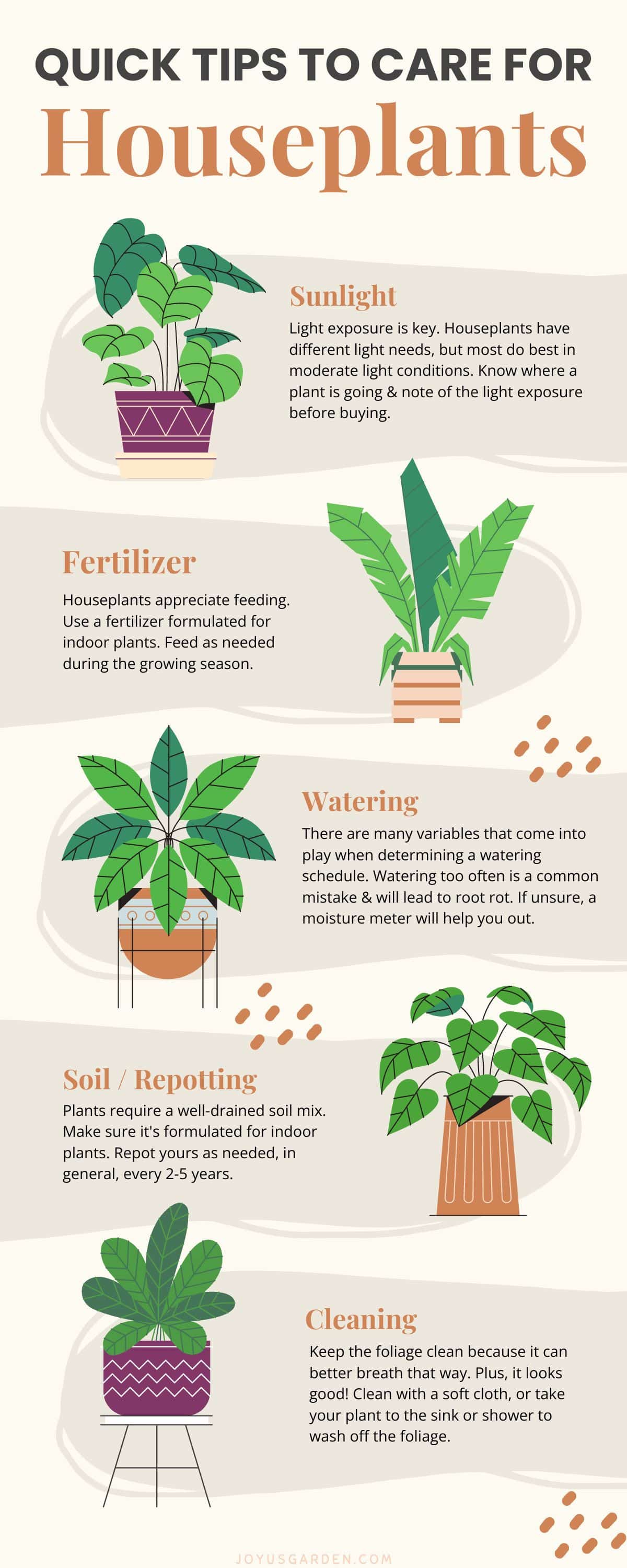Indoor plants add beauty and freshness to your home. They need proper care to thrive.
Feeding indoor plants is essential for their growth and health. You might wonder what the best way is to keep them nourished. Regular feeding ensures plants get the nutrients they need. This can be a simple task with the right knowledge.
Understanding the best methods will help your plants flourish. In this post, we will explore easy and effective ways to feed your indoor plants. Let’s make sure your green friends stay happy and vibrant.
Choosing The Right Soil
Choosing the right soil is crucial for feeding indoor plants. Rich, well-draining soil provides essential nutrients and supports healthy root growth. Ensure the soil retains moisture without becoming waterlogged.
Types Of Soil
Choosing the right soil is important for indoor plants. Different plants need different types of soil. Cactus soil is good for succulents. Orchid soil is best for orchids. All-purpose potting soil works for many indoor plants.
Nutrient-rich Mixtures
Plants need nutrients to grow. Nutrient-rich soil helps plants stay healthy. Look for soil with added nutrients like compost or fertilizer. These nutrients help plants grow strong and green. Change the soil every year to keep it fresh.
Watering Techniques
Indoor plants need water, but not too much. Check the soil often. If it feels dry, water the plant. Do not water if the soil is still wet. Use a pot with holes. This helps extra water to drain out. Different plants need different amounts of water. Learn about your specific plant’s needs.
Too much water is bad for plants. Leaves may turn yellow. Roots can rot. The soil may smell bad. Plants may look wilted even though the soil is wet. Mold or fungus may grow on the soil. Reduce watering if you see these signs. Let the soil dry out more before the next watering.
Light Requirements
Indoor plants thrive with bright, indirect light. Place them near windows but avoid direct sunlight. Adjust light based on plant type for optimal growth.
Natural Light
Indoor plants need light to grow well. Place them near windows for the best light. South-facing windows give the most light. North-facing windows give the least light. Rotate your plants often. This helps them grow evenly.
Artificial Light Options
Sometimes natural light is not enough. Artificial lights can help. LED lights work well for plants. They use less energy. Fluorescent lights are also good. Place lights close to your plants. Keep them on for 12-16 hours a day. This helps plants grow strong and healthy.

Credit: savvygardening.com
Fertilization Methods
Organic fertilizers come from natural sources. They include compost, manure, and bone meal. These fertilizers release nutrients slowly. This helps plants grow over time. Organic fertilizers improve soil health. They are safe for pets and children.
Synthetic fertilizers are made from chemicals. They provide nutrients quickly. Plants absorb these nutrients fast. Synthetic fertilizers can be strong. Always follow the instructions. Overuse can harm plants and soil.
Pruning And Trimming
Good tools make pruning easier. You need sharp scissors or pruning shears. A small pair of garden gloves helps too. Clean tools keep plants healthy. Use a clean cloth to wipe tools before use. A small bucket helps to collect trimmed leaves.
Trim dead leaves first. This helps new growth. Cut just above a leaf node. Do not cut too close. Use clean tools to avoid plant disease. Trim in the morning for best results. Do not trim more than one-third of the plant. This keeps the plant strong. Regular trimming helps the plant grow better.

Credit: www.joyusgarden.com
Pest Control
Indoor plants can attract pests like aphids, spider mites, and fungus gnats. These pests can harm your plants. Check your plants often. Look under the leaves and near the soil. Remove any pests you see. This will keep your plants healthy.
Use natural remedies to get rid of pests. Mix water and a few drops of dish soap in a spray bottle. Spray the mixture on your plants. This can kill many pests. Neem oil is another good option. It is safe for plants and people. Spray it on the leaves and soil. Repeat every week until pests are gone.
Humidity Levels
Maintaining proper humidity levels is crucial for indoor plants. Proper moisture ensures plants thrive, preventing dry leaves and promoting healthy growth.
Maintaining Humidity
Indoor plants need the right amount of humidity. This is very important for their growth. Most indoor plants like a humidity level between 40% to 60%. Use a humidifier to keep the air moist. This helps plants stay healthy and strong. Place plants close together. This can also increase humidity. Another way is to mist the leaves with water. Do this every few days. It helps the plants get the moisture they need.
Effects Of Low Humidity
Low humidity can harm indoor plants. The leaves may turn brown and dry. The plants might stop growing. They can become weak and unhealthy. Some plants may even die. It is crucial to check the humidity levels often. Make sure they stay within the right range. This keeps the plants happy and healthy.
Repotting Essentials
Repot your plants when roots grow out of the pot. This means they need more space. Also, repot if the soil looks dry or hard. Plants need fresh soil to grow well.
First, choose a new pot. It should be bigger than the old one. Next, add fresh soil at the bottom. Then, gently take the plant out of its old pot. Be careful not to damage the roots. Place the plant in the new pot. Fill with fresh soil around it. Water the plant well. Finally, place it in a spot with good light.

Credit: www.joyusgarden.com
Frequently Asked Questions
How Often Should I Feed Indoor Plants?
Feed indoor plants every 2-4 weeks during the growing season. Reduce feeding in the winter months.
What Type Of Fertilizer Is Best For Indoor Plants?
Use a balanced, water-soluble fertilizer for indoor plants. Organic fertilizers are also a good option.
Can I Use Coffee Grounds For Indoor Plants?
Yes, coffee grounds can be beneficial. They add organic material and improve soil drainage.
Is Liquid Fertilizer Better Than Granules?
Liquid fertilizer is often better for indoor plants. It provides nutrients quickly and is easy to apply.
Conclusion
Caring for indoor plants is easy with the right feeding methods. Start with understanding your plant’s needs. Regularly use balanced fertilizers. Ensure proper watering to avoid overfeeding. Monitor plant health and adjust as needed. Healthy indoor plants brighten any space.
Happy growing!

My mission is to help you bring the beauty of nature indoors with expert advice, detailed plant care guides, and creative design ideas.




Leave a Reply